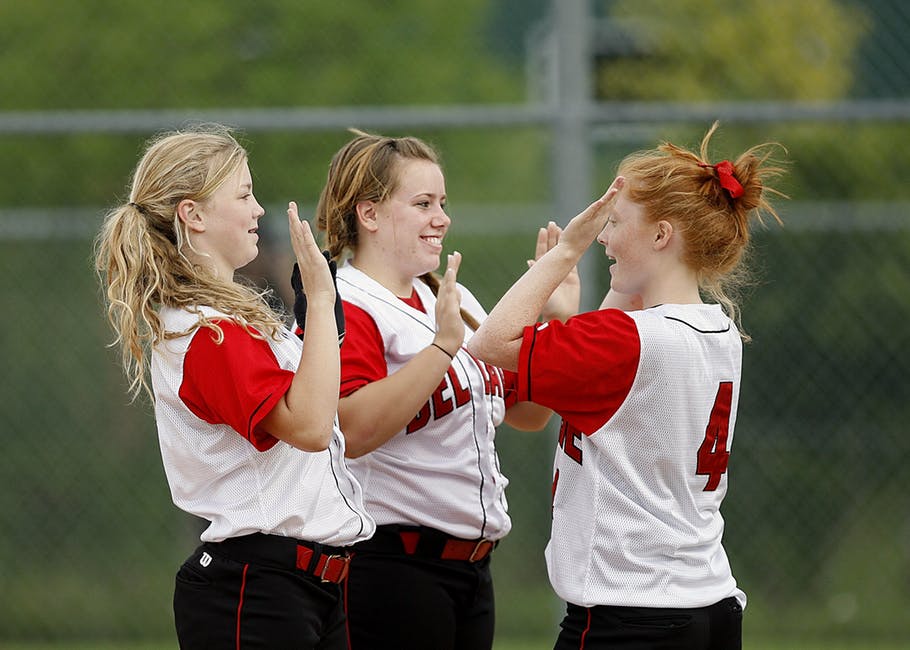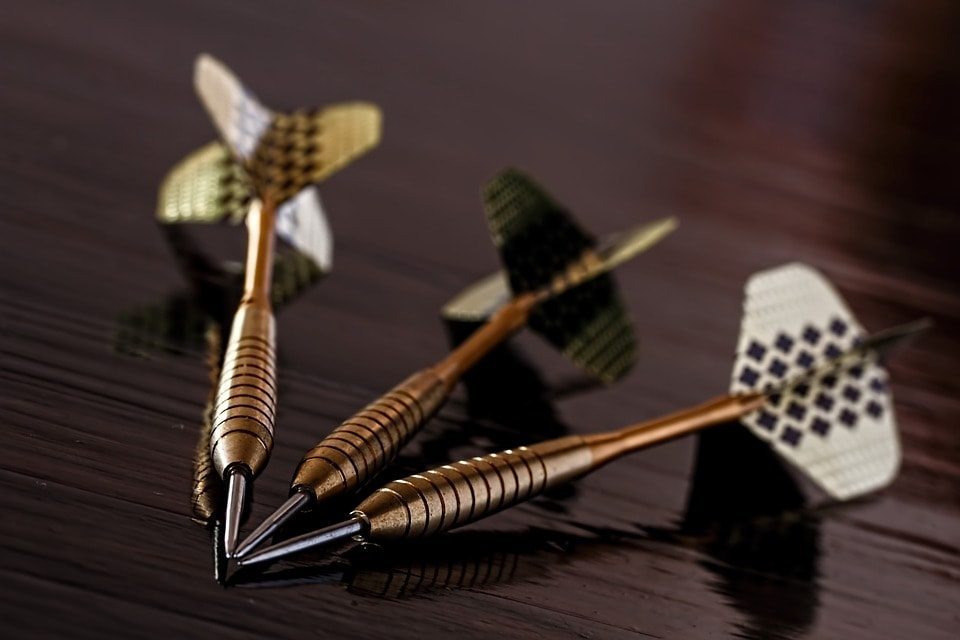Teams are not built. ‘Natural Teams’ happen when the right environment is created. The instinct to hunt, survive, and WIN in packs is part of our primitive programming. The challenge of leadership is to create the environment where this instinct is not blocked.
“We heard about “CorporateTheatre” from so and so. We understand that you use theatre for team building. We want a team building programme for our —– team. You see, we have recently taken up this new project which is very challenging and had to club together several people from different teams, and also some new people from outside. There is a great deal of pressure and there are severe problems of trust and some major communication blocks. We want to do a 1-day team building programme to get them to bond better and collaborate, and open up trust and communication. After the programme we want to see them working together . . . .”
I find it difficult to respond to a request like this. How do you explain that team-building is not a quick fix solution, and that teams are the outcome of certain essential environmental and attitudinal factors? How does one explain that the responsibility for creating the environment for teams to form does not rest with an external facilitator, or trainer, but with the leadership of the organization?
A team is a very powerful entity. Simply because no team is comfortable being second. Once you have assembled the right experience and competency mix required to achieve a particular goal, the next responsibility of leadership is to create the environment where this group of people become a ‘natural team’. The wisdom of thousands of participants in my workshops as well as the consistent external research data referred to in several posts in this blog define a natural team as follows:
A natural team is a self-contained entity comprising of interdependent roles and functions that can either win or lose together. (While the primary orientation of a natural team is to win at all costs, they are also able to deal with failure without becoming ‘losers’. In fact, for a natural team, failure is often a learning, strengthening, and integrating process.) All members of a natural team must have the following essential attributes –
b) Clarity about the same goal and alignment to a collective success.
c) Trust in each other’s clarity and commitment to the same goal and success.
As is clear from what has been stated so far, this environment calls for key stakeholders of the organization’s objectives and work culture investing in creating the 3 Pillars of the natural team environment listed above.
In a recent workshop after experiencing the possibilities of natural teams and defining the environmental parameters that create and sustain natural teams, a middle level manager shared her concern,
“All this is true”, she said. “But there is too much competition between the teams”
“That is good,” I responded. “Teams must and will compete, because every team wants to be recognised as the best . . . “
“But that creates a lot of tension”, she interrupted, “when the sales team, marketing team, and service team are at each other’s throats . . .”
“Can’t you see where the problem lies?”, I asked. “Your team definitions need to be changed. Sales, Marketing, and Service are not teams, but merely interdependent functions within a team.”
Defining functions within a team as ‘teams’ and appraising and rewarding them as such is bound to create counter-productive competition and strife between them, as well as the ‘blamestorming’ that is the bane of many workplaces.
As John Katzenbach and Douglas Smith have emphasised in their brilliant work, “The Wisdom of Teams”, an organization that is made up of high performance teams (natural teams as I like to call them) is very powerful and creates an environment for great engagement, and thereby, great performances, great results, as well as great enjoyment.
Creating the 3 Pillar environment that spawns and sustains “natural teams” is primarily the responsibility of the senior leadership of an organization and cannot be left to trainers or junior managers entrusted with the task of organising picnics and other so-called ‘fun-at-work’ programmes that go under the name of ’employee engagement’ and ‘team-building’.
Source: “TEAM BUILDING” – A Common and Costly Misunderstanding !!





